SICK Cables and wires
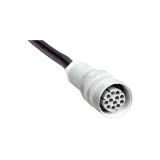
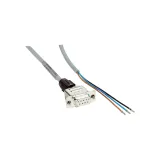
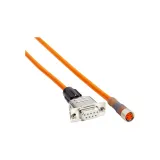
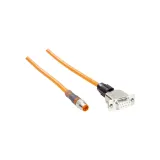

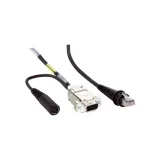
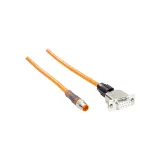

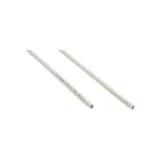
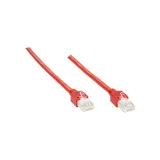
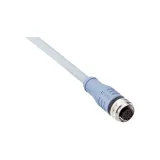
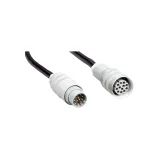
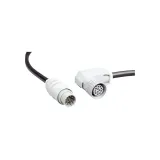
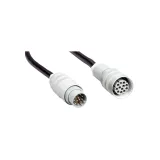
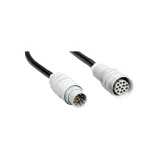
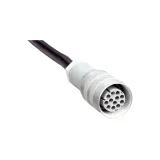
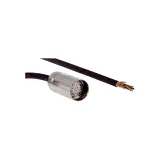
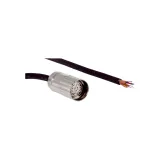
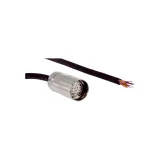
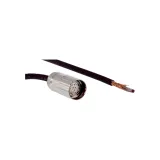


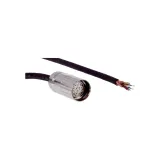

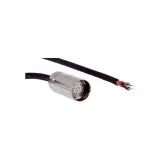

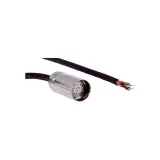


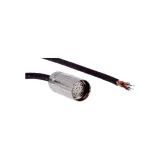
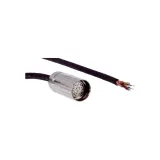



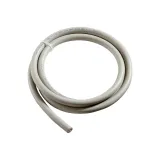

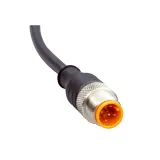


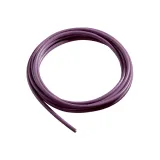
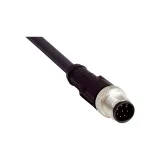

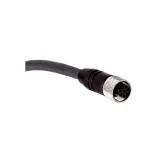
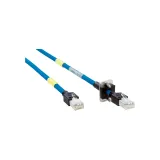
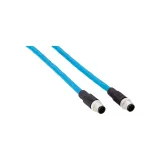
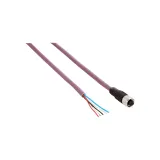


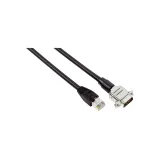
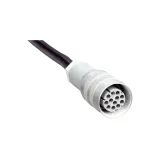
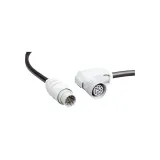
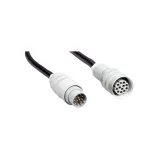
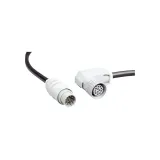

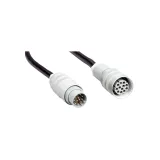
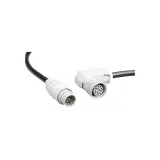
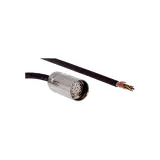
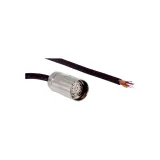
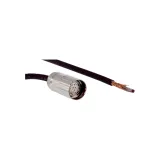

sick cables and wires for machines, conveyors, and panels
SICK’s cabling ecosystem covers what keeps devices alive and talking: feeders, control cores, encoder pairs, sensor leads, and hybrid runs that survive oil, motion, and heat. Jacket options address cabinet interiors, on-machine routing, drag chains, and torsion at robot wrists. Installers get clear print legends, meter marks, and conductor colors that line up with European practice, so terminations read right first time.
Product range and series overview
Expect four logical groups.
- Cabinet grades for fixed routing: PVC or LSZH jackets, tight bend radii, compact OD for high fill in trunking.
- On-machine PUR/TPE families: cut- and oil-resistant jackets, UV-stable options for outdoor frames.
- Feedback and data: twisted, shielded pairs for encoders (HTL/TTL, SSI/BiSS), IO-Link/device cables, and Ethernet to Cat5e/Cat6A with industrial plugs.
- Pre-terminated leads for M8/M12, valve connectors, and motor+brake hybrids to shrink lift time. Color rings, keying, and molded strain reliefs keep mistakes rare when gloved.
Technical specifications and standards
Conductor classes: fine-strand Class 5/6 copper per IEC 60228 for flexible runs; solid or Class 2 in cabinets. Voltage ratings: 300/500 V for control and signal, 600/1000 V for feeders and drives. Temperature bands:
• PVC control: −15…+70 °C fixed, −5…+70 °C flex.
• PUR/TPE chain: −40…+90 °C, with coolant and oil resistance to ISO 1817/EN 60811.
Minimum bend radii (guide values): 7.5×D fixed, 10×D chain, 12×D torsion. Robot cables tolerate ±180°/m torsion at 5 M cycles when routed correctly.
EMC: tinned-copper braid 70–85 % coverage, optional foil + braid for high-frequency immunity; drain wires sized for low impedance bonds.
Flame and smoke: IEC 60332-1-2, halogen-free options meeting EN 60754/EN 61034; CPR classes up to Cca-s1,d1,a1 on building routes.
Approvals: EN 50525 families for EU cabinets, UL/CSA AWM variants where export requires dual marking. Pair lay lengths and shield geometry are documented for encoder integrity above 50 m.
sick flexible cables for moving axes and drag chains
Chain-optimized cores use PP/PE insulation, textile separators, and gusset-filling to stop corkscrewing. PUR outer sheaths resist chips and coolant; notching and micro-cuts are minimized by tear-propagation-resistant compounds. Published life data is given as cycles at radius and speed—match both to your chain supplier’s table. For wet cells, specify hydrolysis-resistant PUR and sealed grommets at entry plates.
sick power wires feeders and control
Feeder sets cover 1.5…16 mm² control power and 2.5…50 mm² motor tails. XLPE insulation options lift continuous temperature to 90 °C and improve current density. For VFDs, use symmetrical three-core + PE with overall braid/foil to keep common-mode noise out of sensors; bond the 360° screen at both ends with spring clamps, not pigtails.
Applications and compatibility
Packaging machines: slim cabinet cores and short M12 drops to photoelectrics; encoders run in foil+braid pairs to the drive. Intralogistics: long sensor buses along conveyors, flexible leads to diverters, and pre-wired trays to scanners. Food and beverage: stainless junctions, IP69K entries, and blue PUR for visual inspection. Wood/metal: abrasion-resistant PUR with dust-tight glands. Outdoor frames: UV-stabilized jackets and black sheath pigments. When documents reference sick electrical cables for panels and field devices on the same skid, keep SELV and mains in partitioned trunking and cross at right angles to hold noise down.
sick connection cables and field terminations
Device-side leads arrive with A-coded M8/M12, 7/8″ for power, and valve-plug forms (A/B/C). Over-molds include anti-vibration collars and clear keying. LED versions aid fault finding. Hybrid motor/feedback cords reduce bulk on small gantries; choose angled heads where clearance is tight. IO-Link masters like short, shielded device jumpers to protect margins on long trunks.
Integration with other SICK products
Cables are keyed to SICK sensors, light curtains, LiDARs, encoders, and IO-Link blocks, but remain protocol-neutral for mixed PLC environments. Shield bonding kits, EMC entry plates, and earth braids align with SICK safety controllers and HMIs, keeping protective bonding continuous across the door and backplate. For distributed I/O, composite trunks carry 24 V + data to IP67 hubs; spur lengths and total current are published so you can size supplies without guesswork.
Selection criteria for B2B clients
Start with the motion profile. Fixed cabinet? PVC/LSZH is fine. Chain or wrist? Pick PUR/TPE with documented cycle life at your radius and speed. Next, decide on EMC: braid + foil for encoders and VFD environments; unshielded for dry contact loops inside metal ducts. Lock voltage class and conductor size by breaker and loop drop; keep 30 % spare in trays for adds. For harsh chemistry or outdoors, verify jacket compatibility with detergents and UV. In multi-OEM cells, standardize on connector families and color rings to prevent cross-picking. Where the tender mentions sick industrial wiring across lines, unify label schemes and print legends so maintenance can trace faults fast.
Productized options and kitting
Panel builds benefit from pre-cut tray bundles with ferruled ends and printed sleeves. Machine frames speed up with device whips, daisy-chain tees, and bulk M12 spurs coiled by station. For quick swaps, add a service pack per ten machines: shield clamps, glands, reducer bushes, and spare molded leads. When BOMs call out sick cable assemblies, include orientation (straight/angled), key code, pole count, and length tolerance in the PO text.
Advantages of working with Bankoflamps
We align reel lengths and lead sets to your panel schedules and machine lists, then show live EU stock before builders or riggers are booked. Quotes typically land in about an hour with EAN/MPN so jacket compound, shield type, connector keying, and CPR class don’t drift between phases. Your portal exposes lead times, shipment status, and downloadable price files; we keep pricing validity tied to gate dates. Approved accounts can use post-payment up to 30 days. We consolidate by cell to cut freight and on-site sorting, and your account manager cross-checks chain radius, torsion spec, conductor size, shield bonding, gland threads, and label plan against your drawings—so crates arrive bench-ready and harnesses route cleanly the first time.